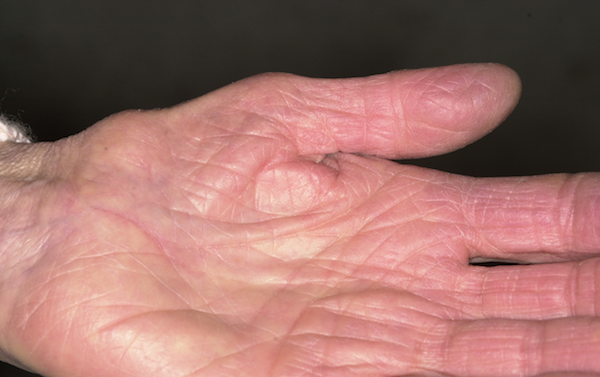

Other treatments such as acupuncture, ultrasound therapy, laser therapy or magnetic field therapy may also be recommended. Immediate surgery is only needed in very rare cases of acute carpal tunnel syndrome. Other treatments are usually preferred, especially in early stages of the condition. This procedure can make the symptoms go away for good, but it's not always necessary. During the operation, the flexor retinaculum that arches across the base of the hand is cut: to reduce pressure on the median nerve. Surgery may also be considered as a treatment.

Injecting corticosteroids into the carpal tunnel can provide temporary relief, but corticosteroid injections aren't an effective long-term solution. Doctors may also advise you to avoid activities thought to be related to this condition. The splint is worn at night to prevent the wrist from bending too far. Mild to moderate carpal tunnel syndrome can usually be treated with a splint at first. Known as “acute carpal tunnel syndrome,” it is usually caused by an inflammation, injury or bleeding in the wrist. The symptoms may suddenly become very severe, but this only rarely happens. Pregnant women are at greater risk because more fluid builds up in their body’s tissue. These include rheumatism, diabetes, wrist injuries and repeated synovial inflammation. Some conditions can make you more likely to develop carpal tunnel syndrome. It's commonly believed that working at the computer can increase your risk of carpal tunnel syndrome, but research so far suggests that the effect is minor. It's not clear whether they can also cause the condition, though. The symptoms of carpal tunnel syndrome often get worse when the wrist is exposed to this kind of physical strain. Repetitive activities like using a jackhammer, which makes the wrist vibrate a lot, can also cause the tissue to swell. This may happen if you, for instance, put too much pressure on your wrist, or overstretch or twist it. It's often difficult to tell exactly what caused the tissue to swell. Overextending or overusing the joint sometimes plays a role. There are a number of different treatments that can provide relief. The symptoms often go away on their own, but they can sometimes last for quite a long time. If the tissue inside the carpal tunnel swells up, it can put pressure on the median nerve, which is what causes carpal tunnel syndrome. This nerve is responsible for sensation and movement in the ball of the thumb and some parts of the hand. The carpal tunnel contains tendons and the median nerve. It runs along the inner side of the wrist to the base of the hand and is covered by a strong, fibrous band made up of connective tissue, called the flexor retinaculum. The carpal tunnel is a passageway inside of the wrist that is surrounded by bones and connective tissue. Carpal tunnel syndrome has similar symptoms – but they keep coming back again and are often painful. Although this is a little unpleasant, it's usually over very quickly. Most people's hands briefly "fall asleep" every now and then.


 0 kommentar(er)
0 kommentar(er)
